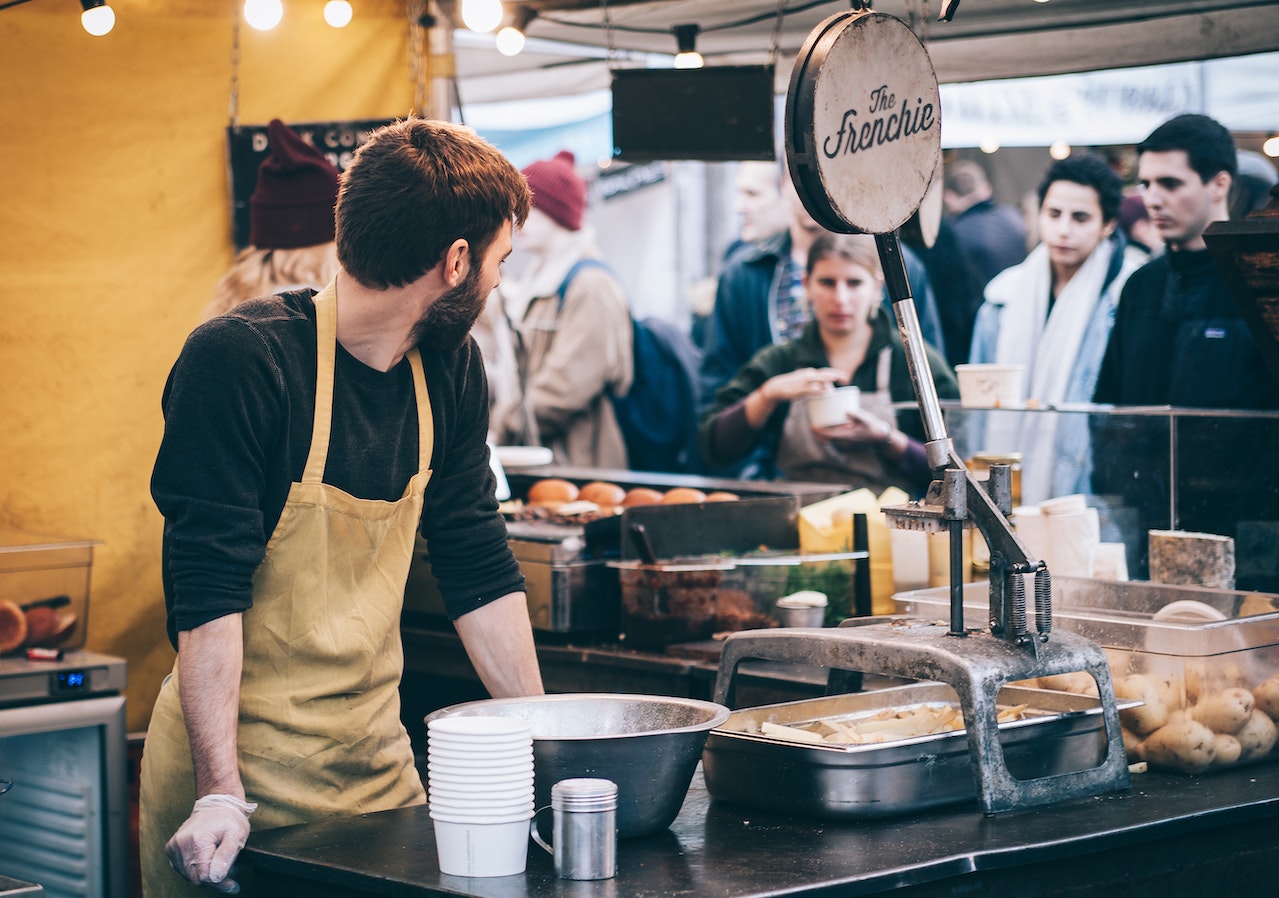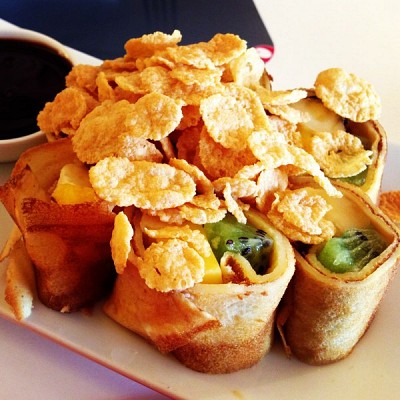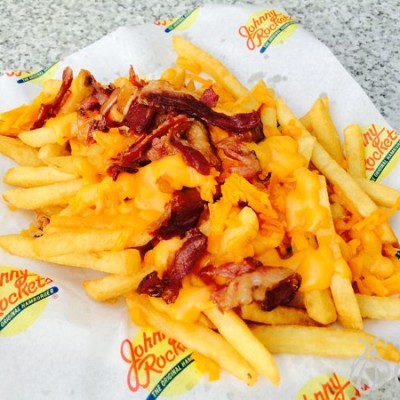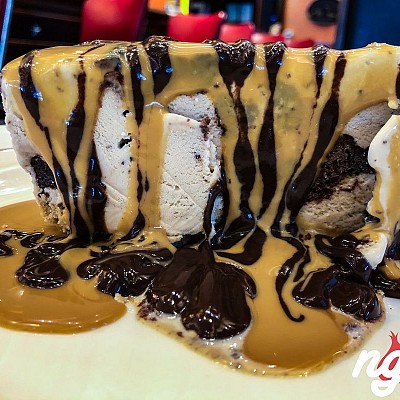These days, it’s become increasingly difficult to stand out in the competitive culinary landscape. With new eateries popping up around every corner, restaurants must stand out to attract new and returning customers.
While great food and ambience will leave a mark on your patrons, effective marketing strategies will ensure your business attracts and retains the attention it deserves.
We’ve identified key marketing tactics that can help restaurants to not only survive but thrive in a highly competitive industry.
Brand Identity
Establishing your brand identity is the first and most important step in developing an effective marketing strategy. Your brand identity should inform all of your marketing decisions moving forward.
There are many kinds of restaurants, from beloved family-owned diners to hearty steakhouses. It’s important to emphasize what your establishment brings to the table and market these unique selling points.
Ask yourself the following questions:
- What demographic are you targeting? Do you appeal to an exclusive high-end audience, locals looking for a family-friendly spot, or perhaps students and young professionals searching for a cozy workspace?
- What experience does your food offer? Is it ethnic or cultural cuisine, an all-American dining experience, sustainable farm-to-table meals, or something else?
- Do you have any marketable and unique offerings, such as a renowned chef, vegan-friendly options, awards, or other unique selling points?
Developing a strong and recognizable brand identity will distinguish you from your competition. Once you have established your unique brand identity, create a mission statement which speaks directly to your target audience.
Use digital marketing techniques to spread the message, while the in-person dining experience speaks for itself.
Optimized Website
Having a website for your restaurant is a must, and at the very least, it should include a homepage, menu, location, and contact details.
While word-of-mouth is still highly effective, most people will look up an establishment online before choosing to dine there. Your website should showcase your brand identity and make customers feel engaged before they even set foot in your restaurant. Include a gallery with high-quality images of your dishes, as this is what customers are most interested in. Ideally, there should also be a blog, reviews page, and FAQs section.
Content marketing is an effective strategy, so ensure your blog shares valuable and informative content that will perform well. Posts related to your restaurant and cuisine can establish you as an authority in the culinary world, while posts related to your wider community can draw in locals and make your presence truly felt in your neighborhood and surrounds.
Consider investing in SEO strategies to boost your online presence. You should optimize your website with relevant keywords, metadata, and improved performance, such as faster loading times. As a result, your website will rank higher in organic search results. You can utilize SEO tools or enlist the help of SEO professionals to improve your website’s performance.
Online Listings
Setting up a Google Business Profile allows you to appear in Google Maps and local search results. It also lets you share essential business details like opening hours, location, and contact information. This listing provides your customers with Google Reviews, which can help build your restaurant’s reputation and trustworthiness.
You should respond to all reviews promptly. Good reviews will improve and maintain your restaurant’s reputation. Bad reviews can alert you to any issues which you can then address properly and professionally.
You should also get listed on platforms such as Yelp, TripAdvisor, and Zomato and engage with reviews to foster good relationships with your clientele.
Social Media
Social media is a great way to attract attention to your restaurant and engage with your target audience. Many customers will look up your socials before even thinking of doing an online search.
Set up profiles on every major site, such as Facebook, Instagram, and Twitter, and post appetizing pictures of your cuisine, as well as notices on specials and events. Make sure to be highly engaged with your audience by responding to comments and direct messages.
Most major platforms will allow you to create a business profile, which can act like a digital storefront that includes all essential business details. There are also paid advertising options on social media platforms that can help you to broaden your reach. Targeted ads allow you to market towards specific demographics in a chosen geographical range.
To achieve success through social media, your content must be compelling, engaging, and high-quality. Contests and giveaways can offer value to customers while encouraging them to share your posts and tag your profiles. Video content has become increasingly popular, as it is highly engaging and shareable. Short-form videos can showcase your dishes, share behind-the-scenes moments in the kitchen, and offer useful cooking tips and tutorials.
Influencer Marketing
Many audiences are more likely to trust the recommendations of an influencer over traditional marketing. In fact, studies show that 49% of consumers say their purchasing behavior relies wholly on influencer recommendations. It’s easy to see why influencer marketing has become a powerful and effective tool for drawing in customers.
Enlist a social media influencer or food blogger to review and/or post about your restaurant. Depending on your budget, you can seek out the services of an influencer with a large following or enlist the services of a micro-influencer who has a smaller audience but high engagement with a localized fanbase.
Professional Photography
Appealing visuals can have a huge impact on customer perception and the attractiveness of your restaurant. Invest in high-quality food photography for enticing images of your dishes. These images can be used on your website, social media profiles, and marketing campaigns.
Customers are no longer just going to restaurants for good food. They want an Instagram-worthy ambience. So, make sure your photographer gets good interior shots of your restaurant that showcases your establishment’s aesthetic appeal.
Online Food Delivery Services
Food delivery platforms revolutionized the restaurant industry on every level. Many establishments are getting on board to tap into the growing market of customers who buy food online. This has meant adapting everything from prep time to staffing and tipping practices, but it’s paid off for most as it creates a new revenue stream.
If you haven’t signed up already, join Uber Eats, Grubhub, and DoorDash. You can also offer online delivery services through your own website and give customers the option to pick up their food if they want a night in.
Having the right marketing strategy can make or break your restaurant. With these strategies, you can continue to build your brand and turn those tables at a good profit.






































